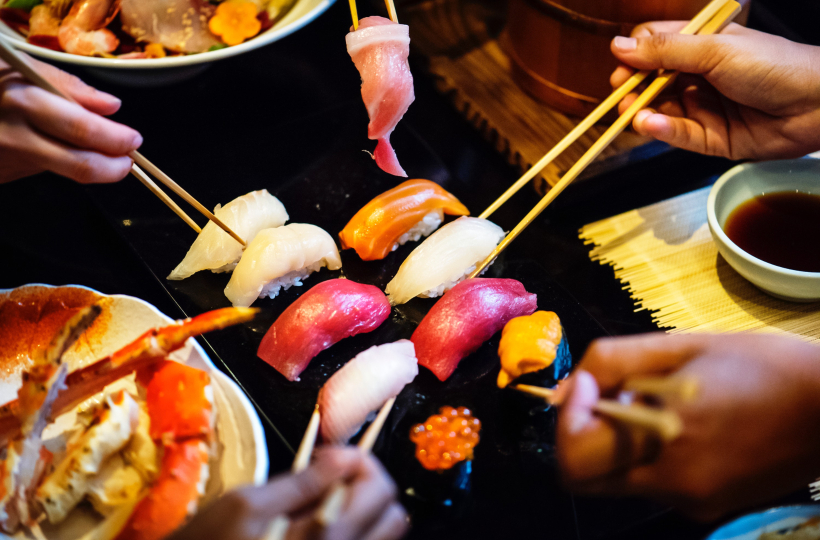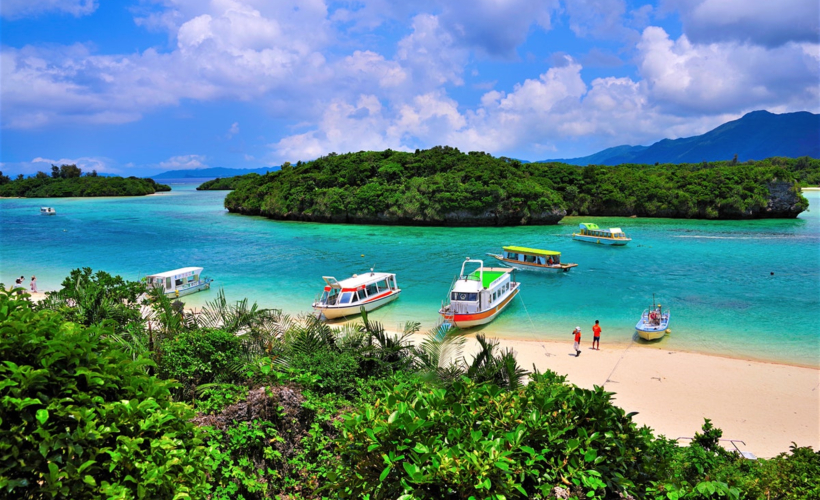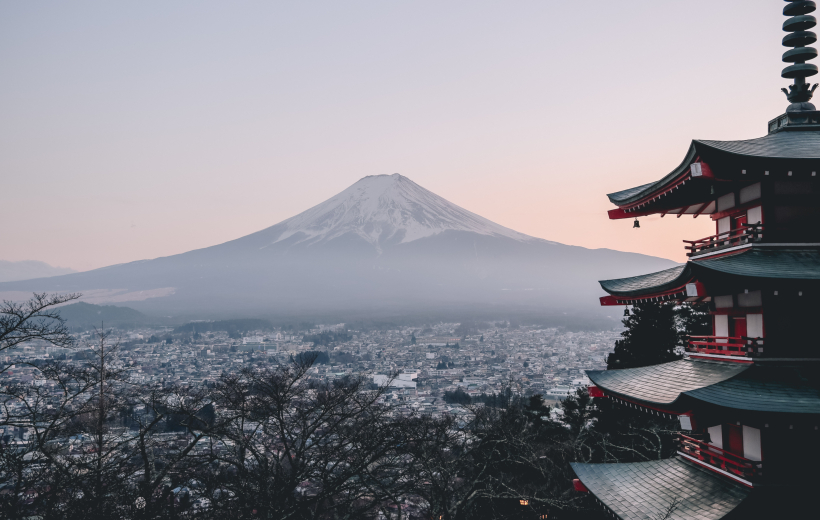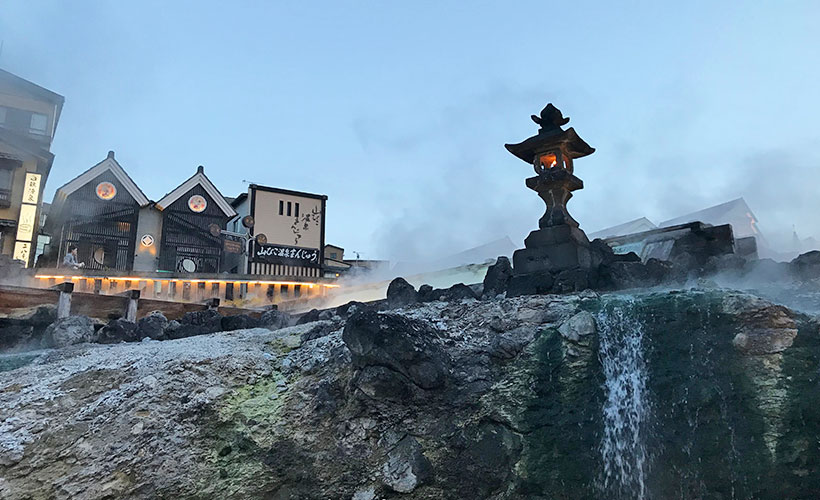
It’s common knowledge that Japan has an abundance of volcanic activity. However, what this means for holidaymakers is that the land of the rising sun also has over 2000 natural hot springs. Known in Japanese as onsen, a visit to one of these natural sites is a huge draw for tourists and locals. After all, who wouldn’t want to go to a foreign country and have a hot bath with a bunch of strangers? Kidding aside, read on to find out why visiting an onsen in Japan is a unique and enjoyable experience.
First things first
For a hot spring to be called an onsen it needs to meet a few requirements. The water that fills the onsen should be at least 25ºC and contain at least one of 19 chemical elements that are naturally present in hot spring water. For an onsen to be called a rotenburo, it should be outside.
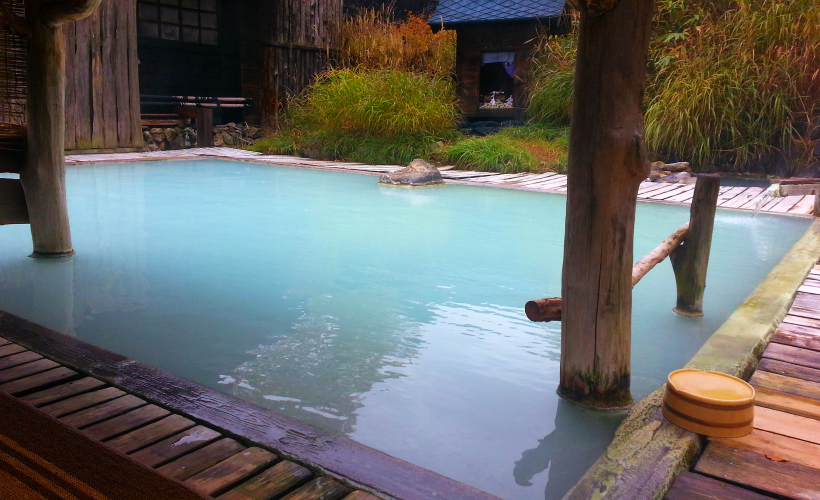
Get naked
You read that right. People who visit are normally in their birthday suits. It probably is much more of a thing for you than for anyone around you. Men and women are separated, and you are required to leave your clothes and larger towel in the changing room. You can take a smaller towel with you into the onsen – but avoid touching the water in it – many locals do this by placing the towel on their heads.
The whole idea here is to keep the onsen as clean as possible.
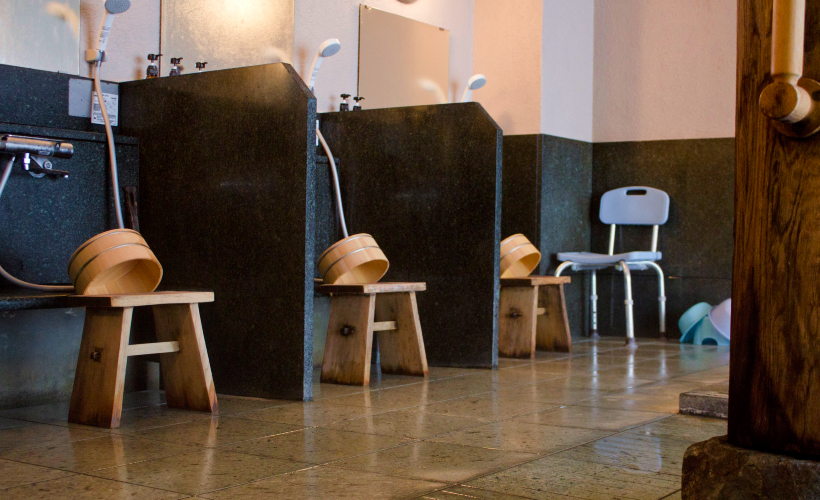
Clean bodies only, please
Relaxing in a hot spring should be an enjoyable treat. There’s no need at all for you to wonder what’s in the water. To help keep the onsen clean, it’s customary to take a shower before entering one to ensure that you remove any oils, lotions, and dirt that might have ended up in the onsen otherwise.
Most onsens have showers along the outside area where you can take a shower. Toiletries are supplied, and you should sit on the stool while cleaning to avoid splashing those around you. You can also use these showers to rinse off after being in the onsen or using a sauna or steam room.
This pre-soak shower is also a way to symbolically wash away the stresses of the day and worrying thoughts.
“I was told that in order to truly experience the local culture, the Japanese onsen is a must-do when in Tokyo”:
Dare To Bare: My First Time At A Japanese Onsen
Keep your head up
It’s generally not acceptable to submerge your head. This is to avoid hair oil and loose strands from floating around. Plus, the warm water could be a breeding ground for bacteria that’s best not to ingest.
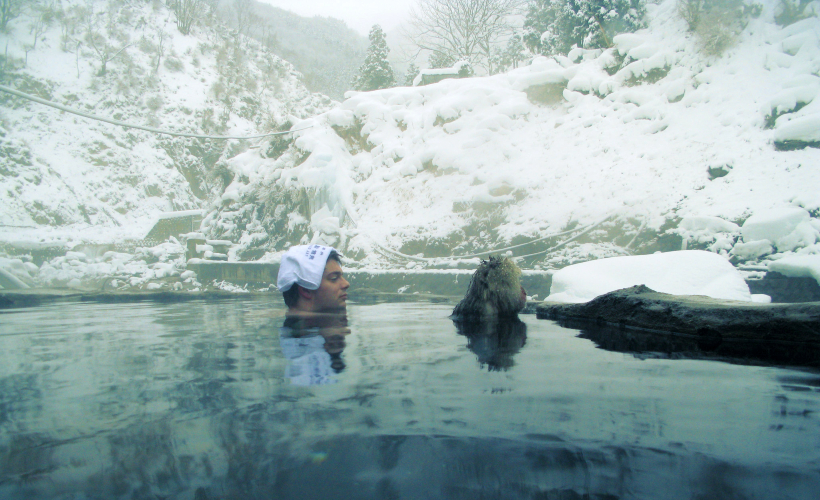
Time your soaks
While these soaks are good for your body and soul, you know the saying about there being too much of a good thing. There may be signs around the onsen that have suggested soaking times; although they might only be in Japanese. Or you can try to alternate between warmer and cooler baths or indoor and outdoor ones.
Skin ink
Tattoos are associated with organised crime and are frowned upon and it’s possible that you will be denied entry if you have even just one. Generally, the tattoo policy of an onsen will be displayed at the reception area or on their website. This policy is slowly changing and some onsens might be more open to this. You can also enter if you cover your tattoo with a bandage or something similar – this is completely up to the policies of the specific onsen that’s being visited though.
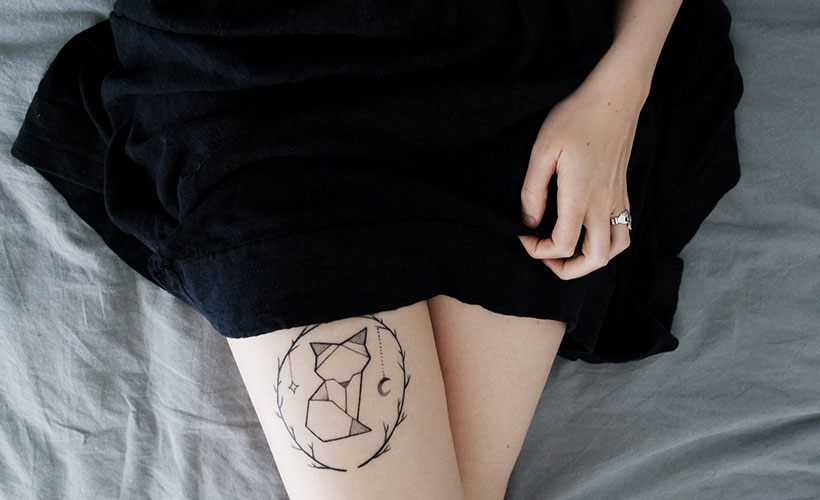
Onsens are not only a way to soothe the body after a stressful day, but it also calms the soul and serves as a meditative space. While the thought of being naked amongst strangers can be intimidating at first, some time in the hot water will ease all your worries… even your self-consciousness!
